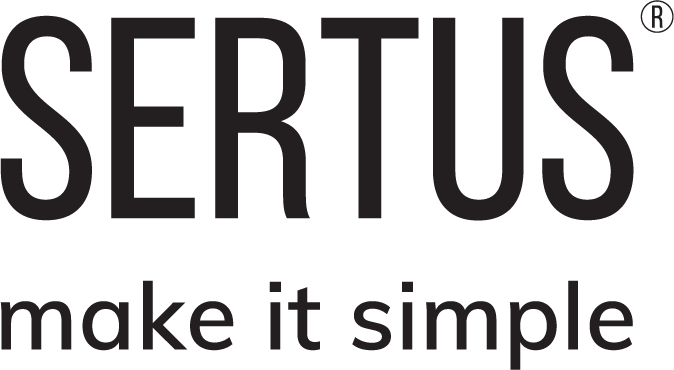From standard to solution: Making EN 12101 work in today’s build environment
With the introduction of the Building Safety Act 2022, compliance has quickly become the topic everyone wants to talk about. When it comes to smoke ventilation products, we can quickly turn to BS EN 12101 as the key framework across Europe to determine their performance, compliance and sometimes their use within a system. Pairing the content of the standard with real-world challenges is how we solve compliance challenges and ensure we are offering the best solution for any given project.
What BS EN 12101 actually covers
BS EN 12101 is a harmonised standard that covers the certification and use of smoke ventilation products and is broken down into separate parts. Not all parts of the standard are currently applicable, but we have listed each part below:
EN 12101-1: Specification for smoke barriers
EN 12101-2: Natural smoke and heat exhaust ventilators
EN 12101-3: Specification for powered smoke and heat control ventilators (Fans)
CEN/TR 12101-4: Installed SHEVS systems for smoke and heat ventilation*
CEN/TR 12101-5: Guidelines on functional recommendations and calculation methods for smoke and heat exhaust ventilation systems*
EN 12101-6: Specification for pressure differential systems – kits
EN 1201-7: Smoke duct sections
EN 1201-8: Smoke control dampers
prEN 12101-9: Control Panels**
EN 12101-10: Power supplies
prEN 12101-11: Horizontal flow powered ventilation systems for enclosed car parks**
prEN 12101-12: SHEVs design for use in time dependant fires**
EN 12101-13: Pressure differential systems (PDS).
* CEN/TR = technical report
** pr = provisional/draft
When trying to understand how to certify a product and prove it is suitable for use in the event of an emergency, these standards outline the test process or further standards we need to use to gain certification. When it comes to the application of the products into a functional design, some calculation methods and requirements are captured in EN 12101, but they must be used in conjunction with other Fire Safety standards such as Approved Document B, BS 9991 and BS 7346-8 to name a few.
Why certified products are non-negotiable
Life safety systems in buildings are the last line of defence if the worst is to happen. Therefore, having complete confidence that the product will carry out its function at its most critical time is why the EN 12101 documentation is the glue that holds smoke ventilation systems together. All certifications must be awarded after third party testing to ensure reliability and repeatability of product performance. The truest form of compliance comes beyond just using certified product; it requires understanding the product field of application, test details and classification and aligning with the real-world scenario to ensure it is suitable for the intended use.
Designing products for standards and real-world demands
The final piece of the puzzle isn’t just solving site challenges, but ensuring products are designed and certified to meet the legal and regulatory requirements that underpin our industry. For manufacturers like Sertus, that means working within frameworks such as UKCA marking – a legal requirement for products placed on the UK market – and the relevant EN standards that apply to smoke ventilation systems (e.g. EN 12101 series covering smoke vents, fans, and control panels).
By embedding compliance into the design process from the outset, we not only remove costly delays and hidden expenses but also give contractors and specifiers confidence that our products will pass inspection, integrate smoothly on site, and stand up to real-world demands such as modular construction methods and environmental considerations.
This dual focus – compliance first, with practical application always in mind – is what allows us to make smoke ventilation smarter, safer, and simpler. Ongoing commitment to regulation will help drive the industry forward, and Sertus’ innovation in solutions will ensure we can continue to deliver as the demand for new buildings grows.
